 Generative artificial intelligence (AI) is attracting a lot of attention right now for its ability to create brand-new content – be it audio, video or text. Most recently, ChatGPT, text-based generative AI launched late last year and available for free to the public, has garnered news headlines for its ability to write poems in the style of Shakespeare, publish articles, summarize books, create business plans and even pass medical exams. (DALL-E 2 is the equivalent of ChatGPT for image generation – helping restaurant operators visualize the prospective menu items in their heads.) ChatGPT can deliver curated work, all while sounding conversational. There are huge opportunities for it in businesses – but also risks to bear in mind at this early stage. The conversational tone of ChatGPT’s results make it sound confident and trustworthy, but it requires human intervention to ensure accuracy (and no intellectual property should be shared with it). However, it can be a helpful tool to get the ball rolling when you’re drafting job descriptions, vendor emails, marketing plans or social media posts. Generative AI tools from companies including Google and Meta are pushing the evolution of this technology too and are making it possible for restaurants to quickly generate ideas for audio, video or text content that can be used to run their business and market to guests more effectively.  Unless you are especially tech savvy, your IT budget may fall into the “set it and forget it” category: You know you need restaurant management technology and Internet connectivity but you may not have the time to dissect exactly where your technology dollars are going. But the landscape is becoming more competitive for restaurant technology and it’s a good time for an audit. A recent report from TekEfficient says there are a lot of opportunities to save money in a tech budget. It advises operators look into price drops and/or new competition offering promotional rates. Also try negotiating how much you get for the same (or a lower) price – such as faster Internet speeds at a reduced rate. 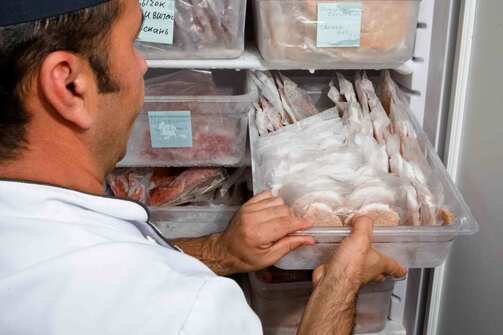 Restaurant employee theft is a common problem, accounting for 75 percent of inventory shortages and 4 percent sales, according to the National Restaurant Association. Your systems and tools can help you stop it soon after it starts – or even prevent it altogether. A TouchBistro report advises leaning on your POS for help. For example, your POS settings can help you place controls on what employees can do when placing orders – such as preventing the printing of a bill if an order has not actually been served, or the deletion of items on a bill before it is closed and then keeping the cash. Your POS reports can also help you investigate questionable activity by flagging transactions that were removed or modified after they were finalized and those that involved voids or discounts, and scrutinizing day-end reconciliations that create an opportunity for underreporting earnings. It can show you how many times a cash drawer was opened and by whom, so you can quickly identify the employees to speak to in the event of a shortage. It can also identify discrepancies between an employee’s scheduled hours and how many hours they are reporting. Beyond your POS, consider the use of cameras at your POS and inventory storage areas, which can help you send the message that you’re committed to keeping everybody honest. Is your digital ordering platform up to the challenges this winter will bring? The season will be a test for restaurants everywhere: The days of generating only a small fraction of business from off-premise orders are over – perhaps permanently. So consider this winter an opportunity to get to know your data better than ever before. Andrew Robbins, the CEO of Paytronix, recently told Pyments.com that this winter would be a chance for brands to get to know their guests even better by exploring their customer relationship management systems and – with the help of artificial intelligence – analyzing customer purchasing patterns. “This can lead to long-term changes, like data-driven subscription programs that further cement the relationships between brands and their guests,” he said. Instead of looking at this winter as a period to survive, consider it a time when you can harness your systems to truly understand the data you’re collecting – and then turn it into offers that build the kind of loyal following that will carry you through times like this.
Well before COVID-19, restaurants had been moving toward the adoption of technology that could support increased off-premise sales. Now, however, such technology is being perceived in the industry as critical to survival in the near term and as a means of becoming pandemic-proof in the future. The investment community is backing up the idea that the restaurant industry needs to make rapid, technology-supported change: AgFunder News reports that while investment into many sectors has slowed while people wait to see how the pandemic plays out, that hasn’t been the case for restaurant technology, where a number of multimillion-dollar fundings and acquisitions have taken place in recent weeks. Restaurants looking to make changes may be more apt to find – or be able to negotiate – deals with tech suppliers right now as a result. Nation’s Restaurant News reports that a number of providers of services including online ordering and delivery, curbside pickup and food safety have been offering reduced rates and waiving startup fees. Just use caution when considering nascent service providers entering the field. Screen offers carefully to ensure businesses have the financial backing and expertise to deliver on contracted services and that you won’t be surprised by high fees a few months down the line.
Don’t fear introducing artificial intelligence (AI) at your restaurant – especially if it keeps the cost of menu items downs or streamlines the ordering process. Those were two key takeaways of a recent survey of more than 2,000 adults about consumer perceptions about quick-service and fast-casual restaurants. The survey, which was conducted this past September by the Harris Poll for the ad-tech firm AdTheorant, found that 71 percent of respondents would be amenable to these restaurants using AI in their business, particularly if it controlled costs (43 percent) or sped up the ordering process (43 percent). Those factors came in ahead of AI’s ability to offer “personalized food recommendations based on previous orders” (22 percent) but that may change once consumers gain more experience with the small but growing number of brands – McDonald’s among them – that are rolling out personalization technology.
How automated are your back-office functions? For all the promise POS systems have when it comes to making such processes more efficient, a recent survey of nationwide restaurant operators across multiple segments found that 60 percent of operators polled still rely on Excel as their primary financial management tool. The survey, completed by Hospitality Tech in partnership with Restaurant 365, found that POS accounting systems could generate significant efficiencies and cost savings for operators if they used the features available to them. Unfortunately, there is still a substantial gap between operators’ goals and the capabilities of the systems they have in place. If you’re looking for a technology accounting partner who can help you buy the right system and get the most from it, Restaurant 365 advises you to assess how clearly the vendor spells out integration options, as well as how those options are maintained and supported. Then find other operators (beyond the ones the vendor provides) who are using the system and can share their experiences.
The market for automated accounts payable is expanding. One forecast predicts the global market to balloon from $1.9 billion to $3.1 billion in the next five years. In the meantime, a growing number of vendors are seeking business from restaurant operators still relying on manual or paper-based processes to pay invoices and manage accounts. If you’re in the market for an automated system, Restaurant365 shared some benefits to the systems that are worth considering when determining how well vendors can deliver: If you’re opening new locations, automated systems can streamline your accounts and ensure vendors continue to be paid on time. They can save time by eliminating painstaking data entry and streamlining the approvals process. This, in turn, enables you to project your spending requirements more clearly and without guesswork. Further, the accounting process is visible and transparent, so errors, reporting irregularities and security issues are easier to spot. Finally, by giving you real-time insights into your food costs, these systems helps you make faster decisions to improve the quality of your menu and protect your bottom line.
|
Subscribe to our newsletterArchives
April 2024
Categories
All
|
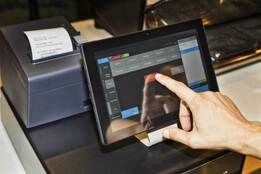




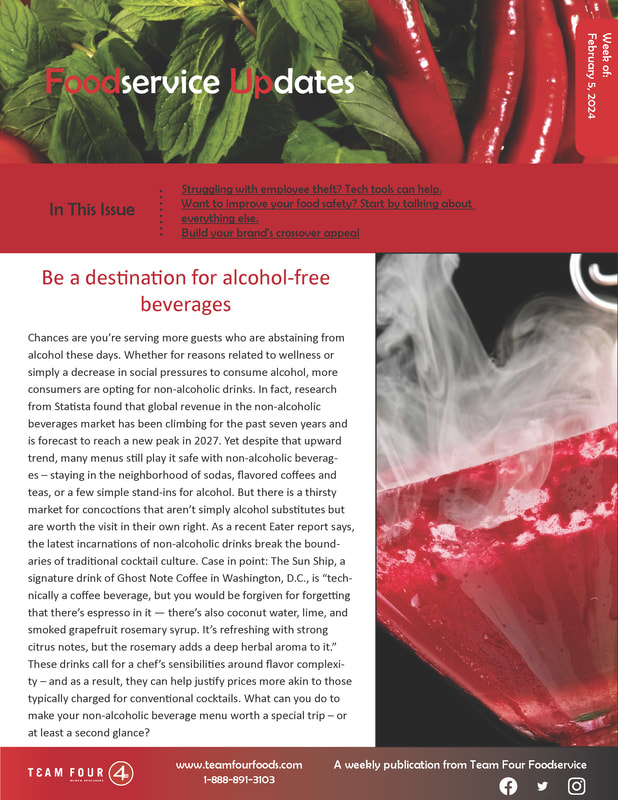
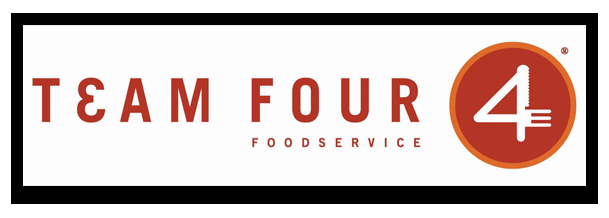
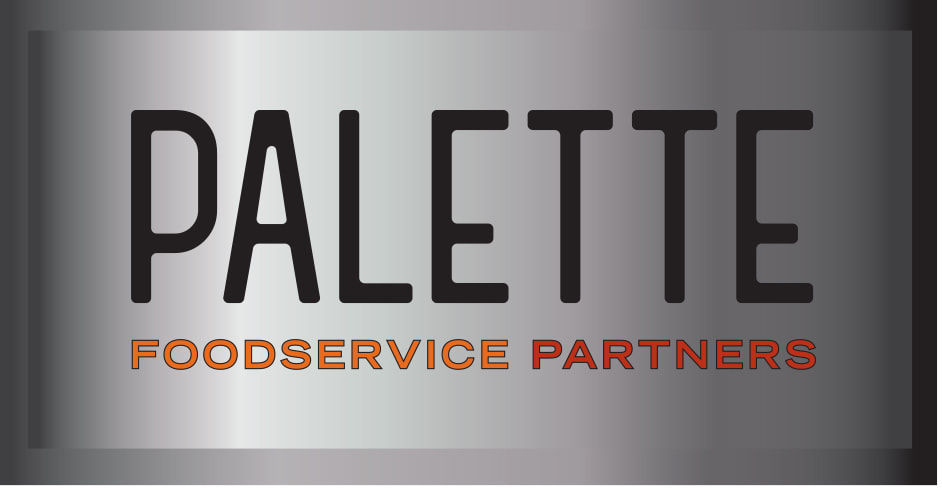
 RSS Feed
RSS Feed